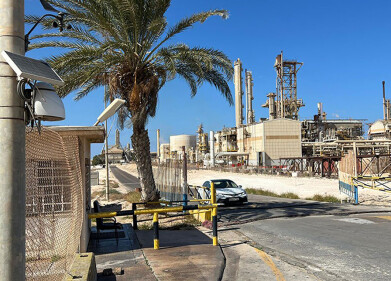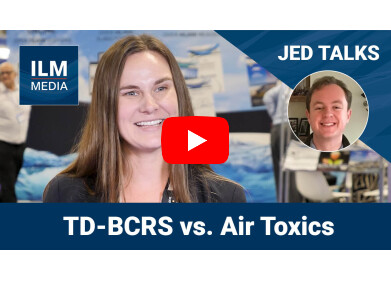Air Quality Monitoring
Which Methods Are Used By the AURN?
Sep 07 2022
The Automatic Urban and Rural Network (AURN) is a sophisticated database which automatically collects information about five different pollutants in the atmosphere across the UK. It was established in 1998 in order to comply with the EU’s Ambient Air Quality Directives.
Of course, in order to ensure that the methods used by each individual member state are fit for purpose, the EU released a number of standards for each targeted pollutant, which advised governments on how to go about collecting their data. Though specific techniques may vary between member states, the quality of the data they collect must not be compromised.
The right method for the right pollutant
Here are the particular methods favoured by the UK for each of the five contaminants that the AURN measures:
- Carbon monoxide. IR absorption measures the interaction of infrared radiation with the gaseous sample. By assessing how much IR light is absorbed, the researchers can determine concentrations of CO.
- Nitrogen oxides. Chemiluminescence monitors the amount of light produced after a chemical reaction and is capable of assessing levels of impurities and other compounds (such as NOx) in air.
- Ozone. Ozone is an adept absorber of UV radiation, which makes it useful at the stratospheric level but harmful at the tropospheric level, where it warms the air and contributes to smog. However, this property can also be used to measure its concentrations.
- Particulate matter. There are a variety of different cutting edge techniques used to monitor particulate matter in the air, including beta attenuation monitoring, filter dynamics measurement system (FDMS), fine dust analysis system (FIDAS), gravimetric monitoring, optical light scattering and tapered element oscillation microbalance.
- Sulphur dioxide. Measuring the fluorescence of UV light in a gas sample can help to reveal highly sensitive results about the concentrations of SO2 in it, meaning it’s an efficient and cost-effective method of doing so.
All of the above methods are referenced in the relevant EU directives, with the exception of those used to detect PM concentrations. However, these are known to produce equivalent results whilst also offering the advantage of continuous online monitoring capabilities.
Maintaining standards
Of course, it’s one thing to simply use methods recommended by the EU, or those which are equivalent to the EU’s preferred modus operandi. It’s another to ensure that the gaseous analysers which make up the wider air quality monitoring infrastructure are up to scratch.
This onerous responsibility is delegated to the Environment Agency under its MCERTS scheme, which recently celebrated its 20th anniversary. By auditing and approving a registered list of manufacturers, as well as compiling six-monthly reports on the status of the facilities at each of the AURN’s 171 sites, the Environment Agency is able to ensure that the data its network produces is of the highest quality at all times.
Digital Edition
AET 28.4 Oct/Nov 2024
November 2024
Gas Detection - Go from lagging to leading: why investment in gas detection makes sense Air Monitoring - Swirl and vortex meters will aid green hydrogen production - Beyond the Stack: Emi...
View all digital editions
Events
Jan 12 2025 Abu Dhabi, UAE
Jan 14 2025 Abu Dhabi, UAE
Jan 20 2025 San Diego, CA, USA
Carrefour des Gestions Locales de L'eau
Jan 22 2025 Rennes, France
Safety, Health & Wellbeing LIVE
Jan 22 2025 Manchester, UK



















